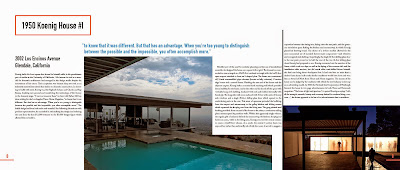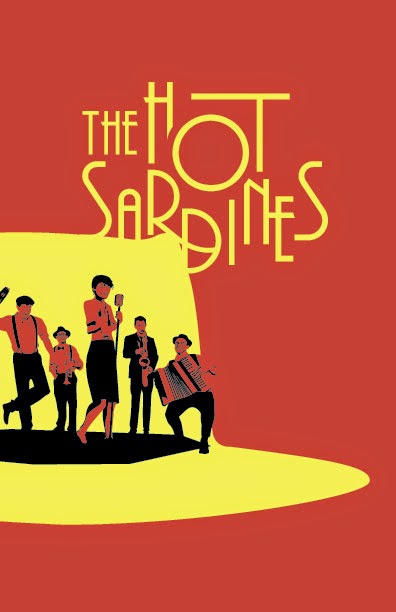General
How do people identify products in a grocery store?
Usually by brand name, or the sections where they are placed in
How do they discover new things on the shelf?
Through their eyes, mainly by finding something visually appealing , be it the design or the language in the packaging.
How does the context affect the scale and legibility of the text?
It is affected by the perspective in which the buyer needs to look the product, as well as how practical it is for the too look at it or to get in a position that is comfortable to do so.
In what ways does packaging affect the user's experience once at home?
It contains additional information that allows the buyer to understand better the product, it should also be capable of improving the buyer's life in some way more that just the product that it contains.
How might that be altered, improved or made more meaningful?
By adding a certain kind of connotation that attempts to create a specific kind of culture, be it the language, the materials or the form that the package possesses.
How do various surfaces work together to tell a complete product story, including govt. regulated information?
By creating a visual flow that its comfortable for the eye to assimilate the information that is being wanted to communicate.
The Big Picture
Product Name:
NAG CHAMPA
Background Information on the product:
Nandi Imports is a leading importer and distributor of fine quality incense, aromatherapy and home fragrance products and hand-crafted gifts from India and Nepal. In addition to the world famous Nag Champa Incense, they carry our own exclusive line of Nag Champa Soaps, Perfume Oils, Candles, Sprays and Reed Diffusers. Our popular Nag Champa Bath and Body products are now made in Petaluma, California. With our Nag Champa Spa line, you can enjoy your favorite Nag Champa scent in a fantastic variety of quality products, including Nag Champa Lotion, Shower Gel, Shampoo and Spray.
They are a family-run business which was established in Northern California in 1974.
What is the Description?
Its seems like a product that satisfies the needs of its buyers, it is easy to handle
What are the benefits of the product?
Helps to conduct ceremonial or ritual costumes in a more effective way, it also creates a comfortable environment.
Additional Information:
It seems to be based in Hindi traditions and techniches, also related with Budhist and Tibetan culture.
Problem
Challenges to address
Right now the package seems to be more like an artifact of mass production, and lacks the modesty and familiar properties that the creator seems to be inteding to communicate.
Current Packaging.
Components: Right now it just seems like a basic comercial product, carelessly design (without love) it does contain all the gov. regulations an demanded information. The material, to me, seems to have a lot of potential in my possibilities for creative exploration regarding culture and visual representation.
Competitors
Some of the strongest competitors seem to be Knox, Maroma and Genieco.In the shelf they seem to just be sitting to each other and NAH CHAMPA doesn't seem to be winning in regard of attracting attention, at least visually.
Positioning
I want the design to be able to inform the buyer about the product but at the same time to be visually appealing as to be to attract the eye, and then to appeal to their logos + ethos. At the moment the current package seems to be placeble in either shleves, kiosks, racks. I am not certain of which direction I want to follow yet pertaining to the environment of the product placement.
Some of my ideas for the design is to create a visual sensation/experience that inspires the buyer to want to use the product (buy it). I might want to grab inspiration from oriental cultural influences as part of the packaging.
Incense is usually sold in packs, so maybe I want to create an extra container to protect the integrity of the product.
The USP seems to be Naturalist+organic shops that attract individuals looking for a particular lifestyle.
THE MARKET SEGMENT
Who are we communicating to?
Like I previously mentioned the target clientele would be individuals looking for a particular lifestyle, that relates to the spiritual and physical well being. Although the product might also be used for practical purposes, the main audience would be relatively specific.
RESEARCH
http://www.nagchampa.com/index.php?route=common/home
No tagline
Social Media
https://www.facebook.com/nagchampa108
https://twitter.com/nagchampaspa
Creative Objectives and Goals
I want to create a visual product that has human qualities and allows the viewer to relate to. I am not sure as how I want to treat the mandatory elements yet, I rather decide as I go through the creative process.
































